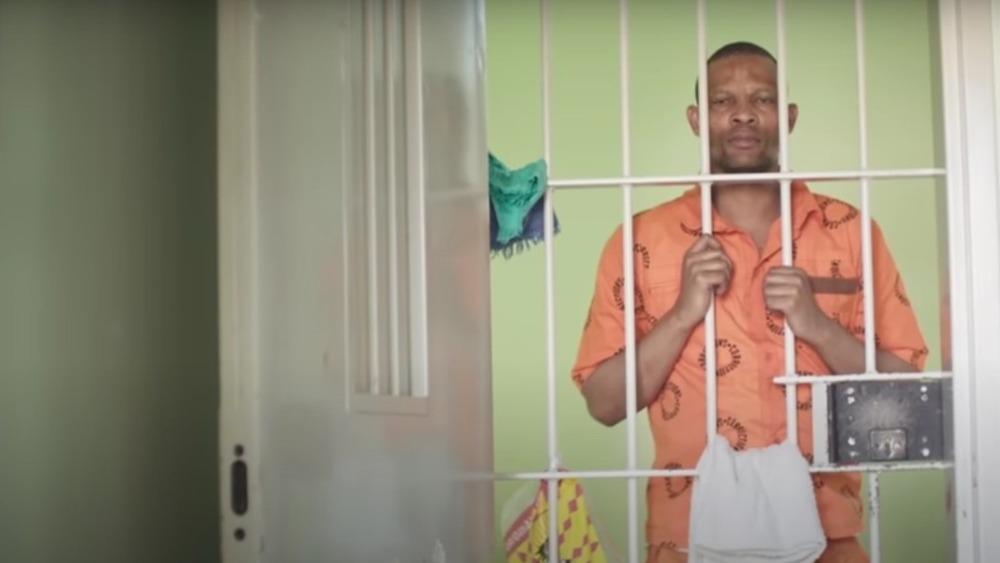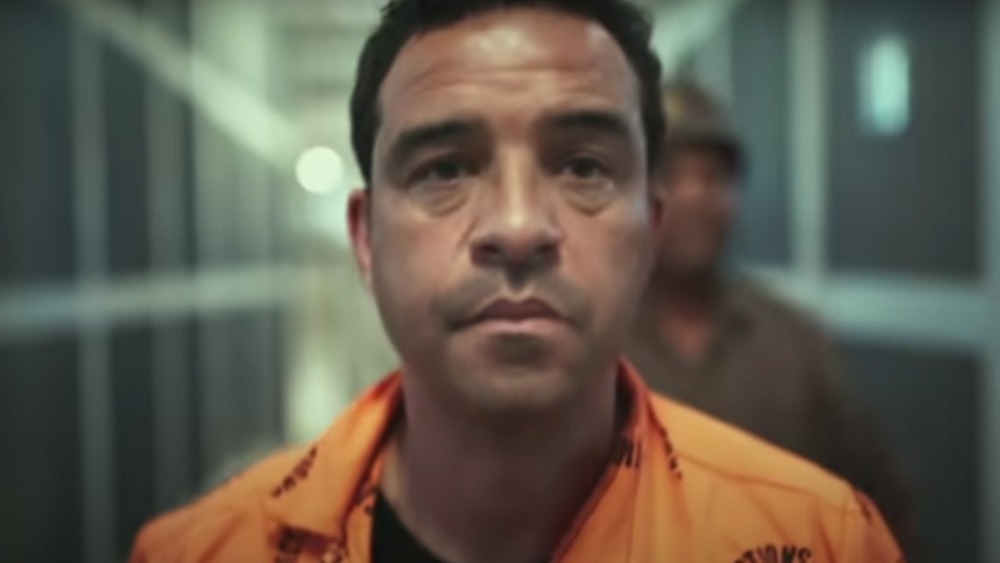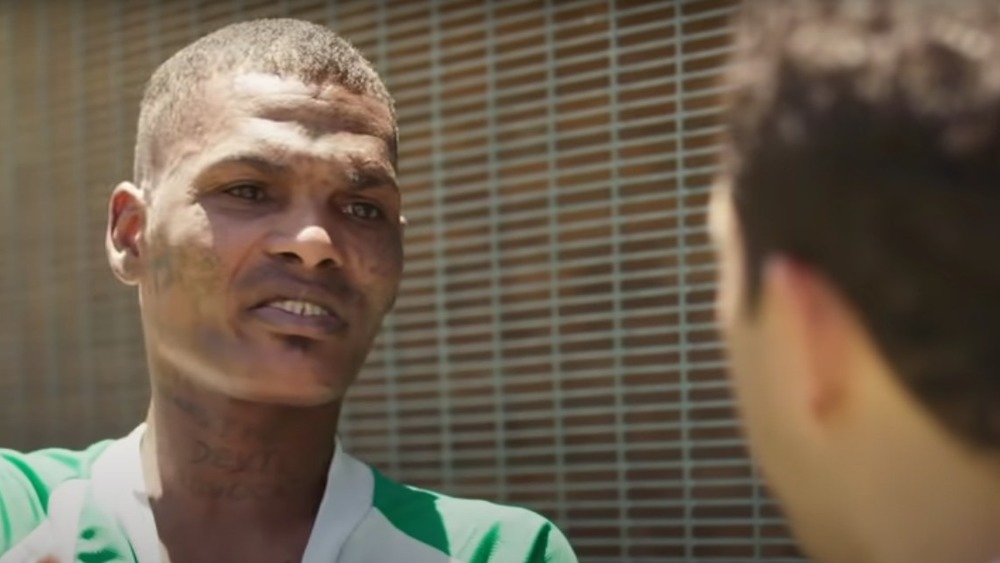Inside The World's Toughest Prisons: The Truth About Brandvlei Correctional Centre
In terms of prison stories, there's I Am a Fugitive from a Chain Gang (1932), starring Paul Muni, and Cool Hand Luke (1967), with Paul Newman (now streaming on Netflix), and the ever-referenced The Shawshank Redemption (1994), based on a Stephen King short story, with Tim Robbins and Morgan Freeman sharing the screen. And, of course, the seven seasons of Orange is the New Black on Netflix. While Fugitive and Orange are based more or less on true stories, the other two are fiction, though no less powerful in their parables about unconquered human spirit. And speaking of prison stories and Netflix, the fifth season of Inside the World's Toughest Prisons recently dropped on the streaming service, a documentary series examining the culture of incarceration in various locales around the world.
Raphael Rowe is the host with the background for the job: He spent 12 years in prison in Great Britain, falsely convicted of murder. As the BBC reports, he studied journalism during his incarceration, and after he was exonerated he became a broadcast journalist, first in radio, then television. He took over hosting duties for World's Toughest Prisons with its second season.
Raphael Rowe spent a week in South Africa's Brandvlei Correctional Centre
One prison investigated in the new season's offerings is Brandvlei Correctional Centre in South Africa. The episode is titled "South Africa: The Numbers Gang Prison," and reveals a prison culture where in many ways, the inmates are in charge of life — and death.
Brandvlei has three sections, says IOL — juvenile, medium security, and maximum security. The numbers refer to the names of street gangs. When those gang members are arrested, they trade their street allegiance for a prison numbered gang allegiance, Rowe explains. Brandvlei, he says, is "a prison dominated by the numbers gangs." He spent a week in the prison as an inmate, and somehow survived as an outsider in terms of "these gangs that run these prisons."
As a non-member, Rowe is a "Franz." The guard who processes his entry says, "My advice to you is ... don't go in there looking afraid ... do what [the other prisoners] say." The prisoners have a code of conduct "that we have no control over."
"We try our best to stop it, but it's no use," another processing guard tells him.
Rowe learns that the prison culture is controlled by gangs
"The staff made it clear that the regime being run in Brandvlei was different ... and that they had very little control over how the Numbers gangs operate," Rowe told The Herald of South Africa (posted at PressReader). Three main gangs "run" the prison: the 26s, 27s, and 28s. Rowe shares a cell with eight inmates from number gangs. "If you don't make problems, I don't make problems," he's told.
It's clear that the prison culture is created and enforced by the prisoners themselves, not the corrections officers.
The gangs use their own languages. They have ranks and identifying tattoos beyond the numerals of their affiliation. The hierarchy is clear, and it has little or nothing to do with the prison staff. Rowe is told, "If it were not for The Number [Gang], even the wardens would not have control of the prisons. ... We have laws also." One of those laws: Revenge for a slight by another gang, but that revenge has to be taken by stabbing not a gang member, but a warden — prisoners might stab them "at any moment for no real reason." Not to mention prisoner-to-prisoner violence. As a result, prisoners spend 23.5 hours of each day in their cells.
This year's episodes of the Netflix series include examinations of the Manila City Jail and Greenland's Nuuk Prison.


